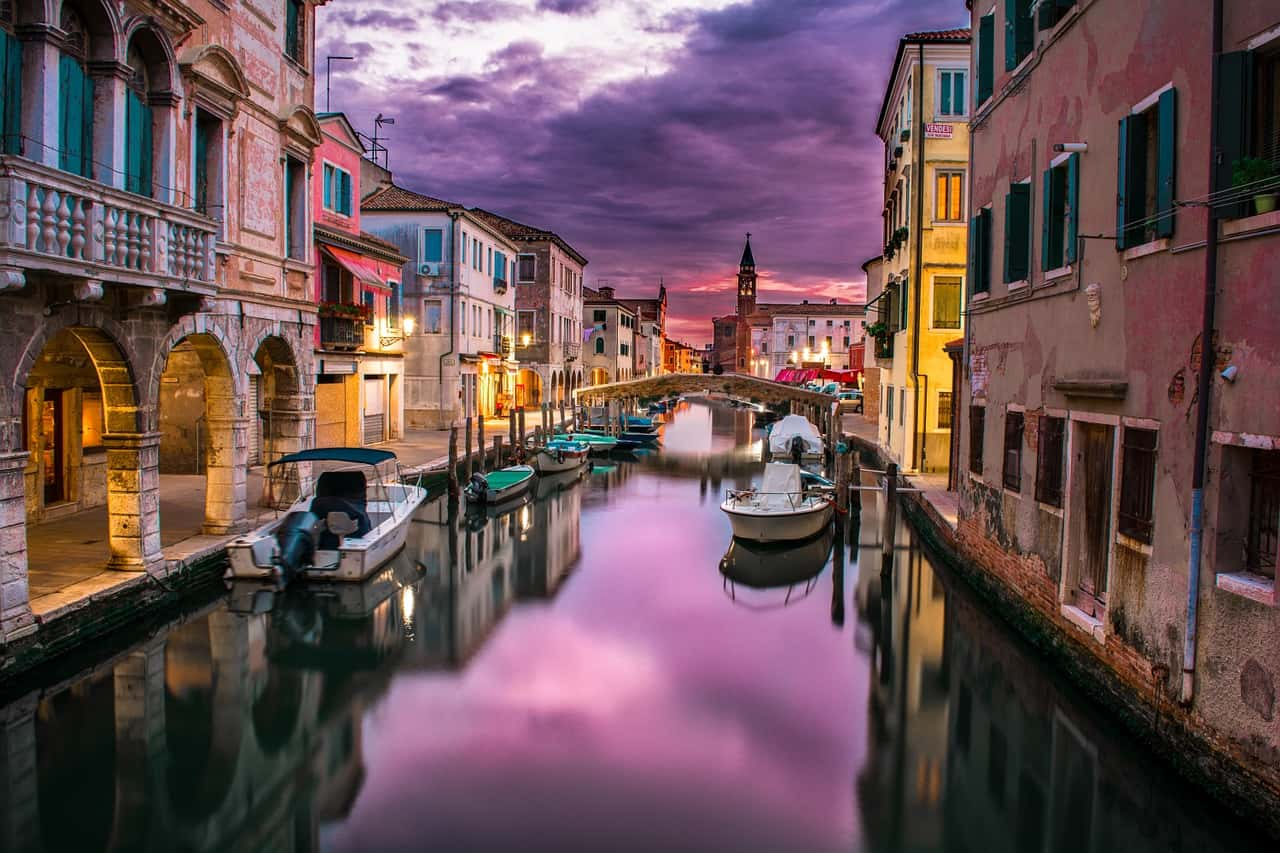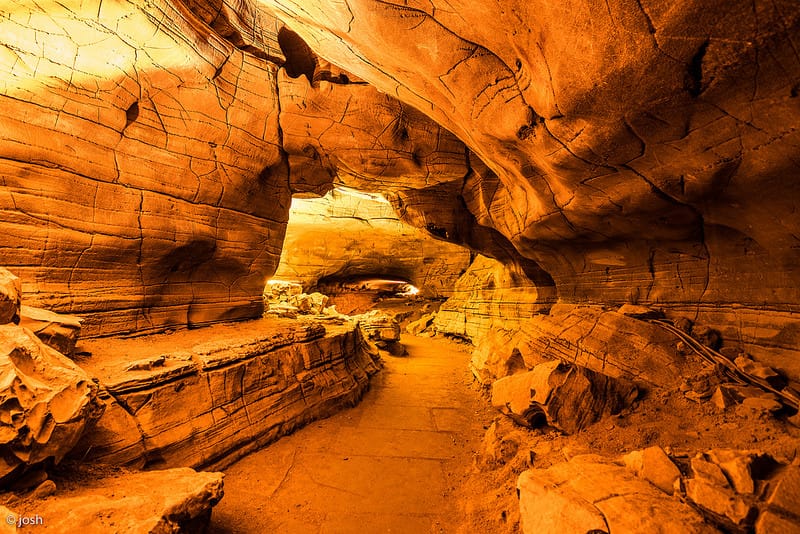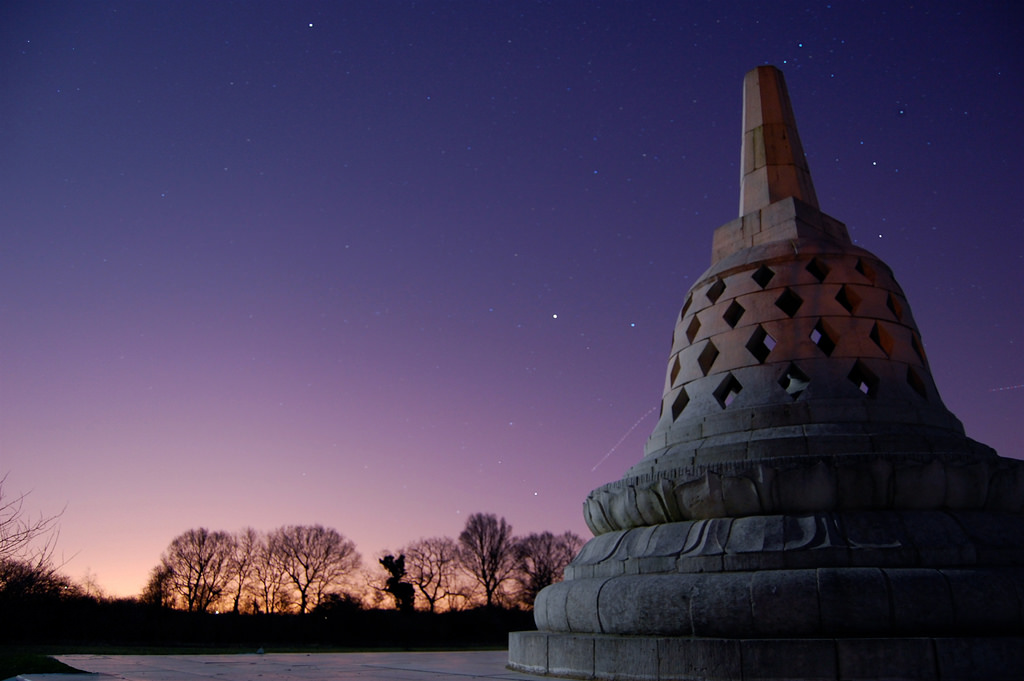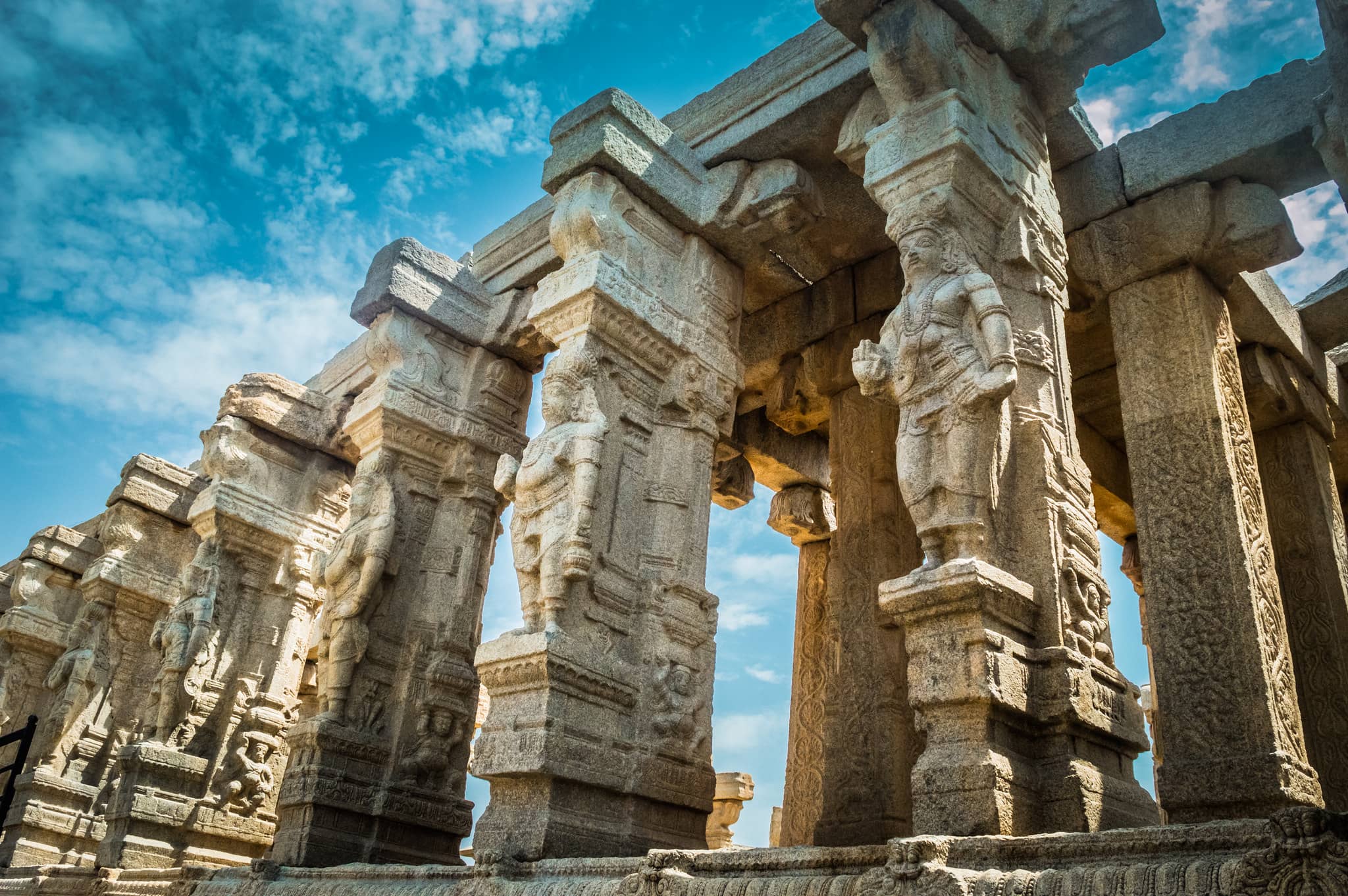Venice, the capital of Italy’s Veneto region, is made up of over 100 small islands in the Adriatic Sea. The city has no roads, only canals, including the Grand Canal, which is lined with Renaissance and Gothic buildings. Piazza San Marco is the central square, home to St. Mark’s Basilica with its stunning Byzantine mosaics, and the Campanile bell tower offering panoramic views of the city. The Doge’s Palace, with its pink-and-white marble, sits on one side of the square. During Carnival, this area becomes the center of festivities with elaborate masks and costumes. The Peggy Guggenheim Collection and the Galleria dell’Accademia showcase modern and Renaissance art. The Rialto Bridge leads to a market known for fresh fish, which is featured in many Venetian restaurants.
Venice – Places to visit in Venice
Piazza San Marco
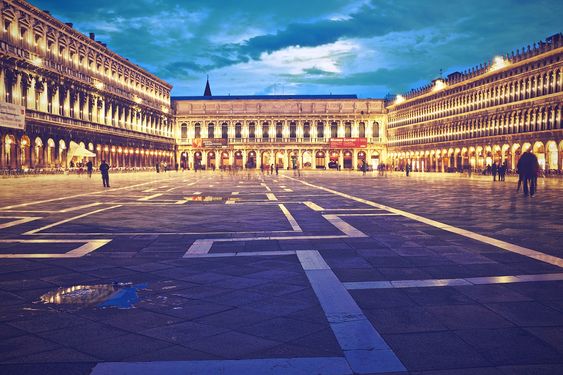
Piazza San Marco, also known as St. Mark’s Square, is the main public square in Venice. It’s a hub for tourists and locals, surrounded by iconic buildings like St. Mark’s Basilica and the Doge’s Palace. Napoleon once called it “the world’s most beautiful drawing room” because of its grandeur. The square is often filled with pigeons and outdoor cafes, offering a vibrant atmosphere. It hosts many events, including festivals and concerts, attracting visitors year-round. The square is also a UNESCO World Heritage site. Its stunning architecture and lively atmosphere make it one of the most popular places in Venice. The Piazza provides a beautiful backdrop for photos and sightseeing.
Saint Mark’s Basilica
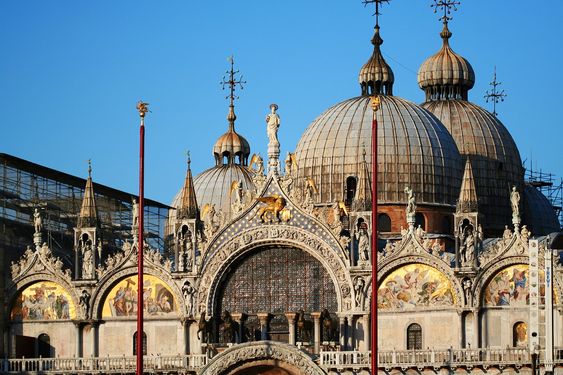
Saint Mark’s Basilica is Venice’s most famous church, located in the heart of Piazza San Marco. It is known for its intricate Italo-Byzantine architecture, with stunning mosaics that decorate the interior. The cathedral was originally built to house the relics of Saint Mark, Venice’s patron saint. Its iconic domes and golden mosaics create a breathtaking sight for visitors. The church’s façade features detailed sculptures and marble decorations. Inside, the basilica is filled with works of art that reflect the city’s rich cultural heritage. It has been a symbol of Venetian wealth and power for centuries. The basilica is one of the finest examples of Byzantine architecture in the world.
Doge’s Palace
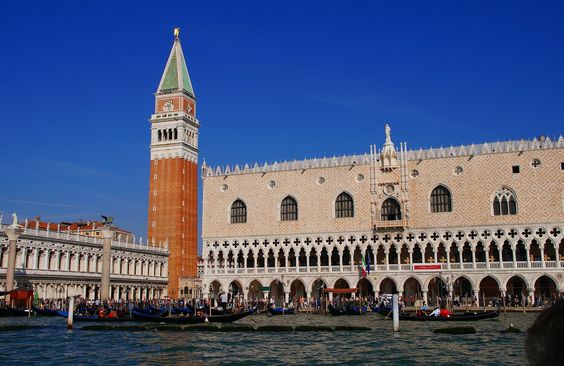
Doge’s Palace is a stunning palace in Venice built in the Venetian Gothic style. It was the residence of the Doge, the ruler of Venice, and served as the seat of government. The palace is known for its elegant interiors, with marble arches and sculptures adorning the walls. Inside, you can explore the Doge’s apartments, courtrooms, and administrative offices. The palace also includes the famous Bridge of Sighs, which connects it to the prison. It houses numerous art collections, showcasing Venetian history. Visitors can enjoy the grandeur of the palace, from the intricately decorated ceilings to the expansive courtyards. The Doge’s Palace is a must-see for anyone interested in Venice’s past.
Rialto Bridge
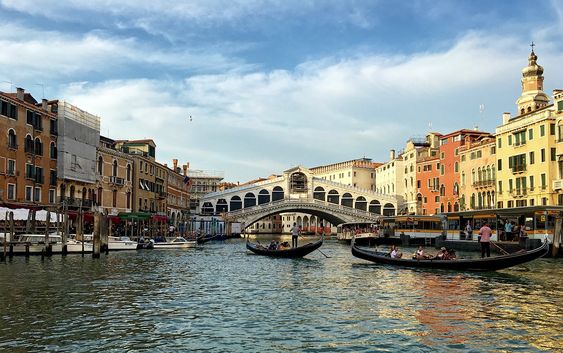
The Rialto Bridge is one of Venice’s most famous landmarks and the oldest of the four bridges spanning the Grand Canal. Originally built in the 16th century, it stands on 12,000 wooden pilings that still support its structure. The bridge features a 24-foot arch designed for the passage of ships. It is lined with shops, selling everything from jewelry to souvenirs. The Rialto Bridge offers fantastic views of the Grand Canal and the surrounding buildings. Visitors often stop here to take photos or simply admire the view. It’s a vital part of Venice’s transportation system, connecting the districts on either side of the canal. The bridge is a popular gathering spot for tourists.
Bridge of Sighs
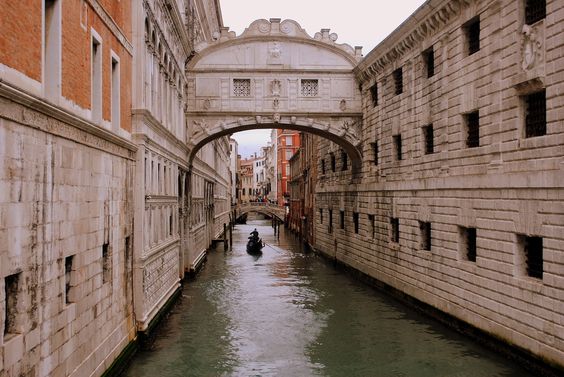
The Bridge of Sighs is a white limestone bridge connecting the Doge’s Palace to the prison. It is one of the most photographed landmarks in Venice, known for its romantic and haunting history. The bridge got its name because it was the last place prisoners would see before being led into their cells. Its enclosed design and stone bars on the windows add to the mysterious allure of the bridge. The bridge’s arched structure offers a beautiful view of the surrounding canals. It is considered one of the finest examples of bridge architecture in the world. The Bridge of Sighs is an essential stop for those exploring Venice’s historical landmarks. It symbolizes both Venice’s beauty and its darker past.
Grand Canal

The Grand Canal is the main waterway running through Venice, often referred to as the city’s main street. Lined with more than 170 historic buildings, it offers a glimpse into the wealth and art of the Venetian Republic. The canal is a busy route for boats, water buses, and gondolas, making it the heart of Venice’s transportation system. Along its banks, you’ll find vibrant markets, gardens, and beautiful palaces. The Grand Canal passes under four bridges, each offering spectacular views of the city. It is especially popular for gondola rides, providing tourists with a unique perspective of Venice. The canal is also home to some of the city’s most famous landmarks. It’s the perfect place to experience the essence of Venice.
St. Mark’s Campanile
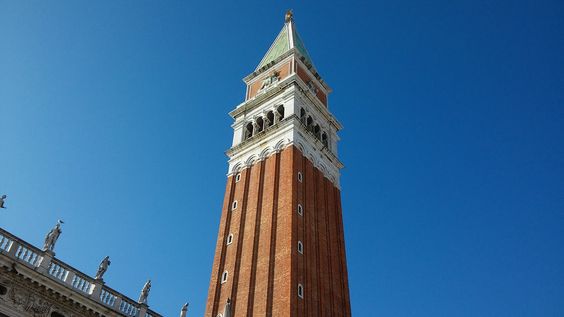
St. Mark’s Campanile is the bell tower of St. Mark’s Basilica and one of Venice’s most recognizable symbols. The campanile stands tall at 98.6 meters, offering stunning views of the city and the surrounding lagoon. Originally built in the 9th century, the current tower was reconstructed in the early 20th century after it collapsed. Visitors can take an elevator to the top for panoramic views of Venice’s rooftops, canals, and islands. The tower is adorned with the symbol of St. Mark, the winged lion, which is a symbol of Venice. It is an essential stop for anyone wanting to see Venice from above. The campanile’s historical significance adds to its appeal as a must-see landmark in Venice.
Teatro La Fenice
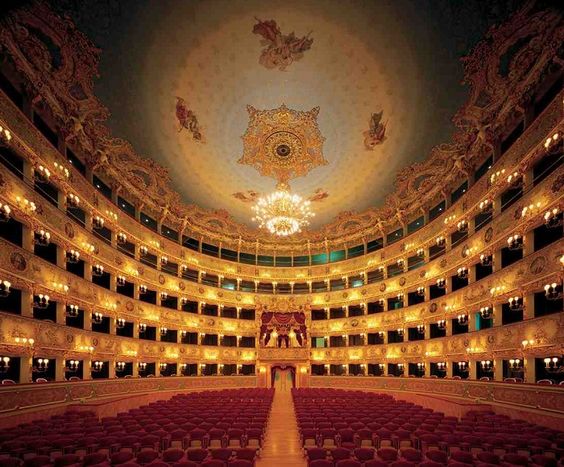
Teatro La Fenice is one of the most famous opera houses in the world, located in Venice. It has hosted some of the greatest composers and operas in history, including works by Verdi, Rossini, and Bellini. The theatre’s ornate design and acoustics make it a must-visit for opera lovers. La Fenice has a long and storied history, having been destroyed by fire twice and rebuilt each time. Today, it continues to be a center for opera and classical music. The theatre’s beautiful interior features lavish decorations, including gilded details and grand chandeliers. Visitors can attend opera performances, ballets, and concerts throughout the year. Teatro La Fenice is a cultural gem in Venice’s rich artistic scene.
Ca’ Rezzonico
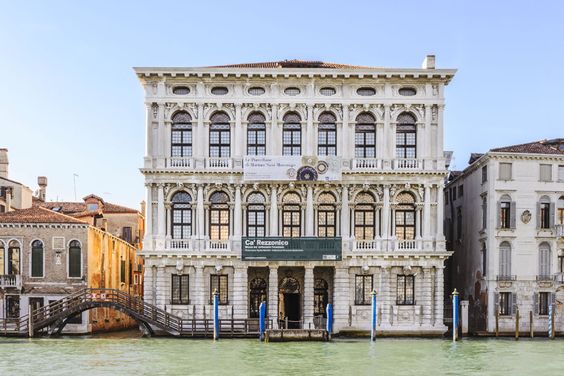
Ca’ Rezzonico is a magnificent 18th-century palace located along the Grand Canal in Venice. The building is a prime example of Venetian baroque and rococo architecture. Inside, visitors can explore the lavishly decorated rooms, featuring frescoes and sculptures by renowned Venetian artists. The palace also houses an impressive collection of 18th-century Venetian art, including works by Francesco Guardi and Giambattista Tiepolo. The rooms are furnished with antique furniture and offer a glimpse into the lifestyle of the Venetian aristocracy. Ca’ Rezzonico is also home to a museum dedicated to 18th-century Venetian life. It is a wonderful place to learn about Venice’s cultural and artistic history. The palace is a must-see for art and history enthusiasts.
Punta della Dogana
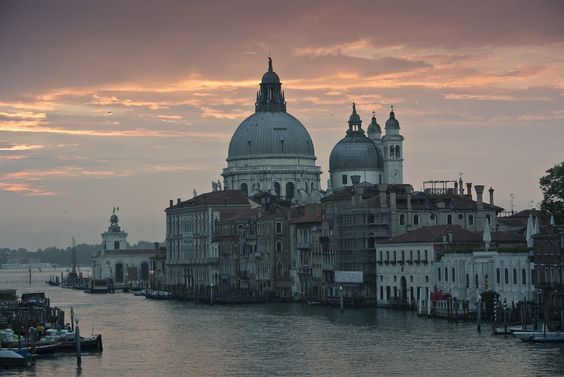
Punta della Dogana is a contemporary art museum located in a historic building at the tip of the Dorsoduro district in Venice. The museum is housed in the former customs house, which dates back to the 17th century. It features a collection of modern and contemporary art from various international artists. The museum’s stunning location offers panoramic views of the Grand Canal and the Venetian lagoon. The collection includes more than 2,500 works, with a focus on both permanent and temporary exhibits. Punta della Dogana is known for its innovative exhibitions and the blend of contemporary art with Venice’s historical surroundings. It’s a unique cultural destination for art lovers visiting the city.
Best time to visit Venice
The best time to visit Venice is from April to May and September to November. During these months, the weather is mild and pleasant. You can enjoy fewer crowds compared to the summer months. The city’s famous canals and landmarks are less crowded. These months offer a more relaxed experience. The temperatures are ideal for walking and sightseeing. Venice also has fewer tourists, allowing for better exploration. Spring and autumn bring beautiful scenery and comfortable weather. It’s the perfect time for a memorable Venice visit.
